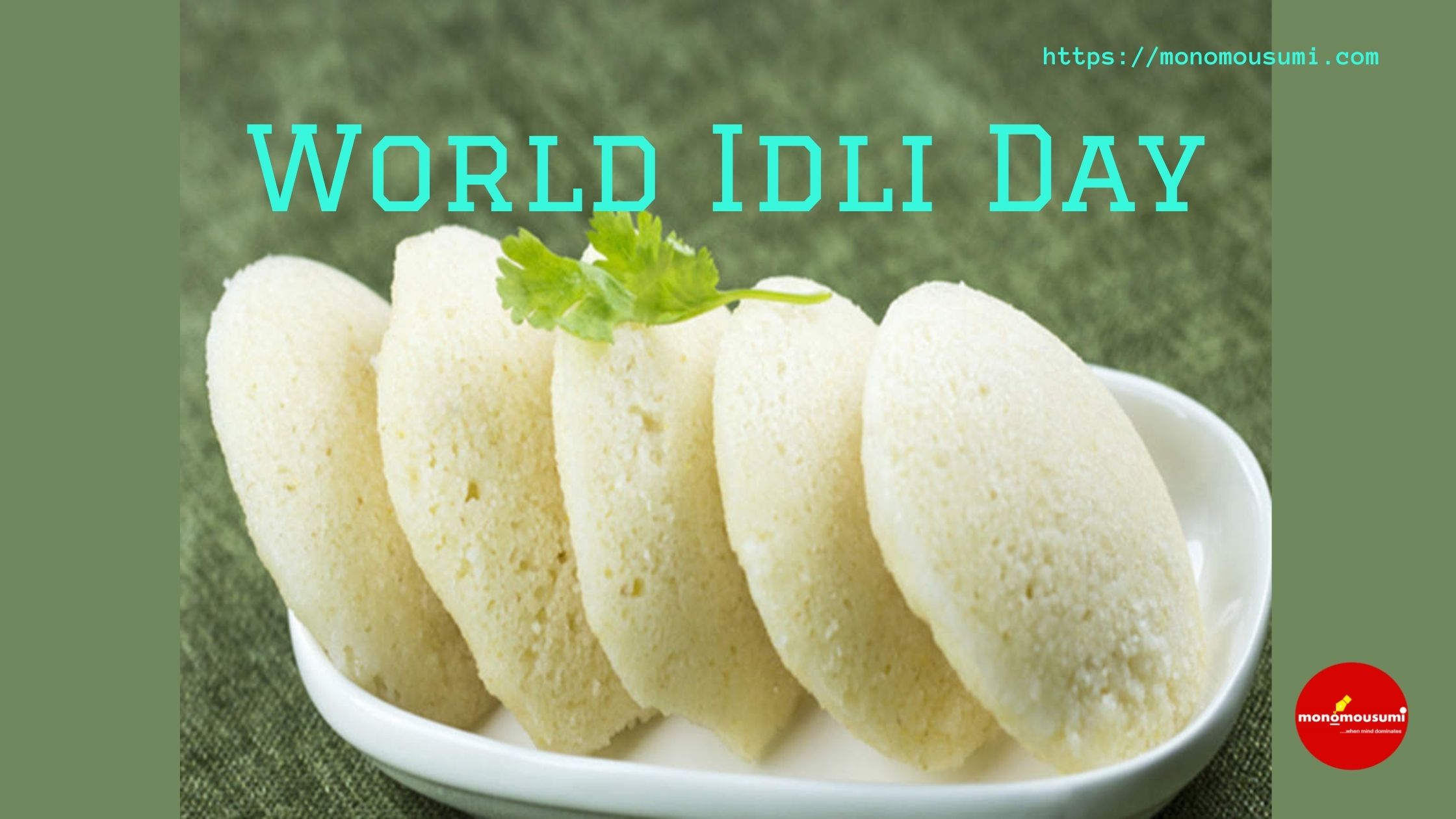
I do enjoy something innovative, flavourful and something that gets my imagination going.
—— The Czar of Indian Cuisine
Food has been one of the most important parts of our life. We all are fond of some type of food. There are many varieties of dishes available in any particular food culture. In India, we have 29 states and 7 union territories, and there are many dishes which can be the identity of their states or union territory in their own unique way. Now,
- Panasa Pottu Koora, Andhra Pradesh
- Dung Po, Arunachal Pradesh
- Tengaa Maach, Assam
- Litti – Chokha, Bihar
- Dehrori, Chhattisgarh
- Goan Prawn Curry, Goa
- Mohanthal, Gujarat
- Bajre Ki Khichdi, Haryana
- Madra, Himachal Pradesh
- Paneer Chaman, Jammu And Kashmir
- Dhuska, Jharkhand
- Akki Roti, Karnataka
- Chilli Beef Fry, Kerala
- Bhutte Ki Kees, Madhya Pradesh
- Misal Pav, Maharashtra
- Iromba, Manipur
- Jadoh, Meghalaya
- Misa Mach Poora, Mizoram
- Bamboo Shoot Fry, Nagaland
- Ras Malai, Odisha
- Butter Chicken, Punjab
- Safed Maas, Rajasthan
- Momos, Sikkim
- Chicken 65, Tamil Nadu
- Hyderabadi Biryani, Telangana
- Chakhwi, Tripura
- Galouti Kebab, Uttar Pradesh
- Chainsoo, Uttarakhand
- Doi Maach, West Bengal
-are some of the dishes which have made their name in the good list of many foodies. But there are some dishes which have come out of their comfort zone of home states and have conquered the world. All of these have been possible just because of their simplicity. Idli is one such dish and we celebrate this dish on March 30 in the form of World Idli Day.
Origin of World Idli day
Idli is one of the most popular dishes in our country. Irrespective of state, religion and language idli has been able to win hearts of many people. Its fan following is so huge that in the year 2015, Eniyavan an avid idli fan decided to dedicate a day for its celebration – March 30. From that year onwards it is being celebrated as World Idli Day. Actually, the story of how this celebration started is also unique. According to media reports, Eniyavan a popular idli caterer from Chennai made 1328 different varieties of idlis to commemorate this day in 2015. Then a 44 kg idli was also made by Eniyavan on that day. Finally, this day was declared as World Idli Day.
Considering and believing popular Chef Imran Khan, traditional method to make idli consists of four parts of raw rice, one part of white lentil that has been soaked for a minimum of four hours. After this, they are converted into a paste and then mixed. Then it is left for fermentation. In the next step, this fermented batter is poured in idly tray moulds which are greased. Finally, now it is steamed for 10 to 25 minutes. Once prepared, it is served hot along with coconut chutney and sambar.
Some interesting facts about idli
Now some interesting information regarding idlis. Defence Food Research Laboratory (DFRL) say that have developed ‘Space Idlis’ for astronauts, mainly for the first manned space mission of India. Taking into account the vast variety of idli which we can find being cooked in almost every corner of the country, Kerala Tourism has mentioned the king of idlis on its website called Ramasseri Idli. This type of idli is said to be originated from a place called Palakkad in Kerala.
The earliest time when the term idli was mentioned was in a 10th century Kannada text ‘Vaddaradhane’ in the form of the term ‘iddalage’. It is also believed that in earlier times, people used leaves to make idlis. Now one more interesting fact about idli. We all are familiar with the rice idli. But there is variety of idli called Rava idli. During the World War II, it was a result of an experiment done by Mavalli Tiffin Rooms in Bengaluru, Karnataka. They say that due to the shortage of rice they used semolina to make idli which ultimately resulted in creation of Rava idli.
There is one more variety of idli which needs to be mentioned. It is called as Hittu. It is basically idlis prepared in jackfruit leaves. It is a Konkani dish. It is primarily prepared during Ganesh Chaturthi. It is served with side dish of sprouted moong. It is also enjoyed along with asafotida water.
Best partner for Idli
But apart from all this we all may agree on one thing that the most popular sidedish which is served with idli is sambar. Even sambar has interesting stories related to its origin. One story is related to Marathas when they were ruling over Tanjavur. Sambhaji, a cousin of Maratha ruler Shahuji Shinde, was very fond of amti, a thin, spicy dal which is prepared with a handful of sour kokum. But one day, kokum which was being imported from the coast, did not reach the royal kitchen. Then Sambhaji decide to create a new dish using tamarind pulp. After that, the experiment was put in front of the court and they all liked it. Later on, it was also tasted by Sambhaji himself and he also liked his creation. Afterwards, Sambhaji became very fond of the dish and so it was referred to as ‘Sambhar’ from those days onwards.
Another story of the origin of sambar points towards the mention of a dish named ‘Huli’ in Kannada text. It was written by a poet who was a member of the court of Wodeyar King Kanteerva Narasa Rajendra Vijaye. This text dates back to 1648. It has been described as toor dal cooked with vegetables, coconut, and jaggery. Due to this similarity, it is believed that ‘Huli’ is sambar (or at least a close relative).
So, similarly, there are many stories related to the origin of idli also. But there are conflicts also regarding the origin of idli. At last, keeping all of this confusion aside, we all know one thing that idli is one of the most loved dishes in our country along with many Indians present in many corners of the planet. Being a food item, it keeps on improving and advancing with time just like an art.
By Raunak Jha


